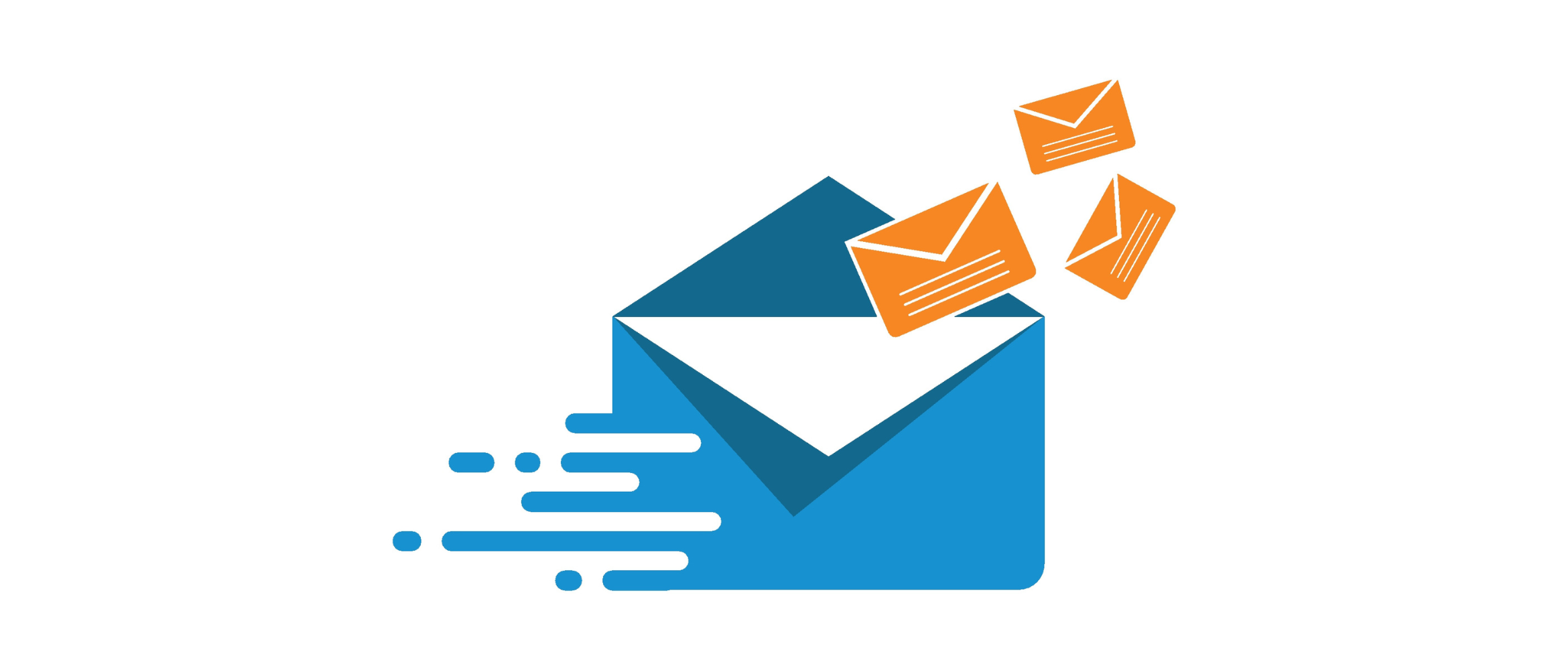Send With Confidence
Partner with the email service trusted by developers and marketers for time-savings, scalability, and delivery expertise.


Time to read: 4 minutes
Not sure what all this means and what you should do about it? Check out our new post: Gmail and Yahoo’s New Sender Requirements: A Closer Look. It dives deeper into the implications of these changes and the next steps you should take to become (or remain) compliant.
Looking over the new list of requirements, it becomes clear that what we previously took for granted as something that all senders did (or aspirationally tried to do) is now regarded as table stakes—and Gmail will enforce against those senders that are not doing it. However, the good news is that enforcement is still a ways off, and Twilio SendGrid is working to ensure that everyone using our platform to send email has the guidance, resources, and technology to meet these requirements.Partner with the email service trusted by developers and marketers for time-savings, scalability, and delivery expertise.